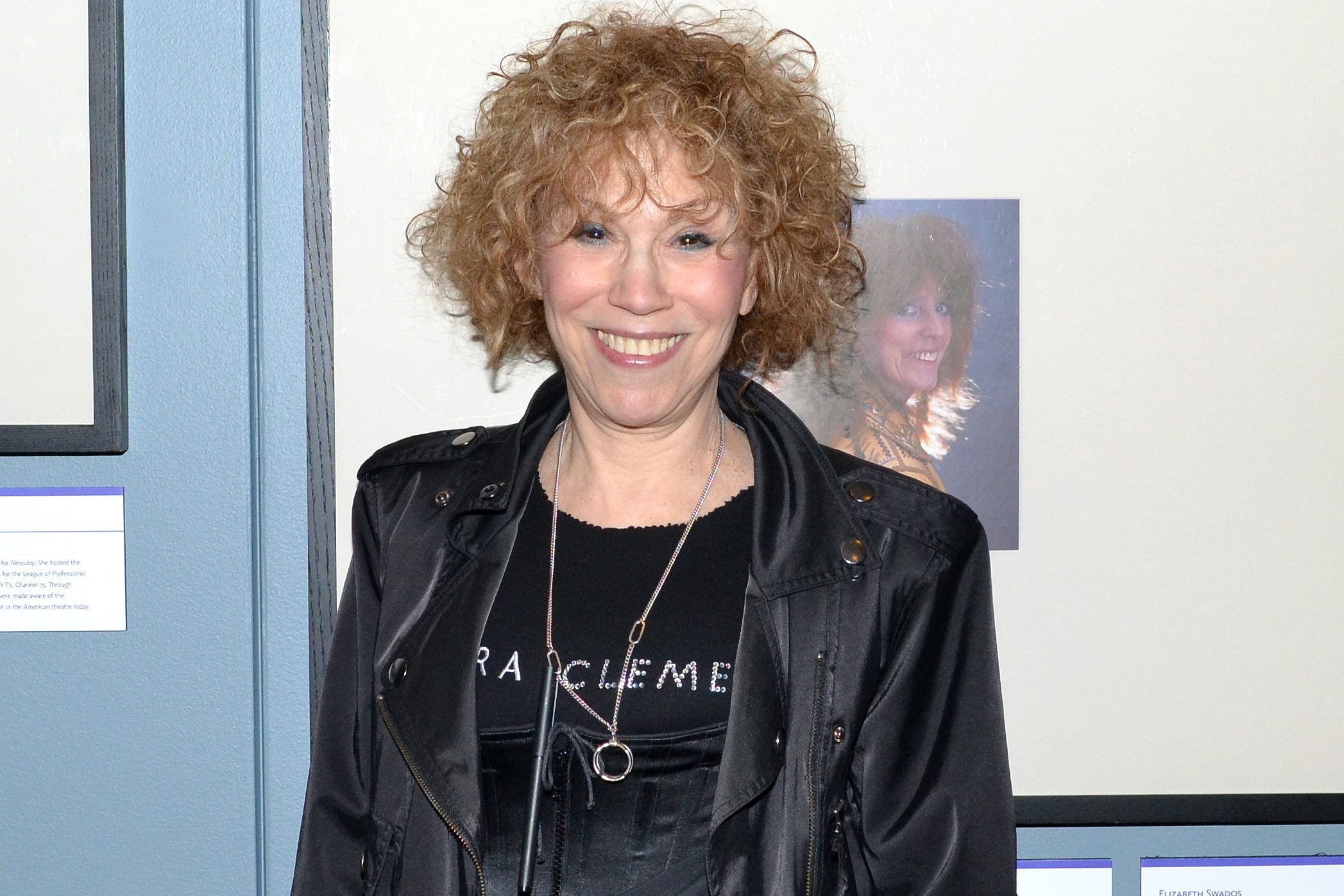Annie

(Photo: Gerry Goodstein)
There are few times when I’d want to be six years old again — although April 15 springs to mind — but the urge struck during the Paper Mill Playhouse production of Annie.
To be able to look at this classic Charles Strouse-Martin Charnin-Thomas Meehan musical with fresh eyes would be a blessing indeed. For the rest of us, Paper Mill’s Annie can only be caught in a battle of memories, and Greg Ganakas’s production falls squarely in the middle of its many predecessors in terms of quality. It certainly lacks the pizzazz of the original Broadway production, which swept the Tony Awards back in 1977, and the all-stops-out brilliance of Rob Marshall’s recent telefilm. Much of the blame for this rests on Ganakas’s slightly sluggish direction and on the efforts of Linda Goodrich, who has contributed only the most elemental of choreography and eliminated some of the large-scale dance numbers one expects in a production of this magnitude. On the plus side, this Annie is miles above John Huston’s egregious directed 1980 Hollywood movie adaptation (featuring probably the only bad performances ever given by Albert Finney and Carol Burnett). And, though I didn’t see the ill-fated 20th anniversary Broadway revival with Nell Carter as Miss Hannigan, I’ve been told by many people that the Paper Mill production is far superior.
Without question, the material holds up well; the script and score are models of the type of high-level Broadway craftsmanship that is rarely seen these days. Little Annie (Sarah Hyland) is an 11-year-old who tries to stay cheerful despite her poor living conditions in an orphanage and the less-than-tender care of caretaker Hannigan (Catherine Cox). After running away and quickly being caught, Annie is chosen to spend the Christmas holidays with billionaire Oliver Warbucks (Rich Hebert)
The girl soon takes to her newfound life of luxury. Yet when Warbucks tries to adopt her, Annie instead asks him to find her real parents; she believes they’re still alive and looking for her. The announcement of the search leads Hannigan, her ex-con brother Rooster (Jim Walton), and his rather dim girlfriend Lily St. Regis (Tia Speros) to concoct a plan to collect the $50,000 reward and dispose of Annie. In the end, Warbucks, his loyal secretary Grace Farrell (Crista Moore), and even FDR (Eric Michael Gillett) help save the day. This newly assembled family — including the adorable stray dog Sandy (Buster) — lives happily ever after. (The fact that the Depression will continue for another decade or so, even with the “New Deal” plan that Annie has inadvertently prompted FDR to create, is an issue to be ignored.)
The success of any production of Annie depends on the performances of the roles of Annie, Warbucks, and Hannigan, although the characters never interact as a trio until the final scene. To her credit, Hyland lacks the insufferability of many performers her age, but her performance is a tad mechanical at times. Cox, wasted in the Broadway Footloose, seems a little too determined to differentiate her performance from those of such past Hannigans as Dorothy Loudon, Carol Burnett, and Kathy Bates. While she has her fair share of sharp comic moments, her Hannigan comes off as a bit too bemused and benign to be an effective foil for Annie and the rest of the wretched ragamuffins.
And so the focus shifts to Warbucks, in no small part due to Hebert’s superb performance. This sweet-voiced tenor with an imposing frame conveys the ideal combination of gruffness, warmth, practicality, and romance that has eluded his illustrious antecedents (Victor Garber and Reid Shelton among them, in addition to Finney). Strangely enough, the song you leave humming after this production is the formerly forgettable ballad “Something Was Missing” rather than “Tomorrow” or “Maybe,” despite second-act reprises that drum those two numbers into your head. (Speaking of which: I’ve always thought that the show should end with a reprise of “NYC” instead of the completely disposable “We’ll Have a New Deal for Christmas.”)

Molly Jobe, Addison Timlin, and Chiara Navarra in Annie
(Photo: Gerry Goodstein)
Hebert is exceedingly well matched by the lovely Crista Moore, playing the aptly named Grace. Her simmering soprano gets a minimal workout here — but in the Christmas party finale, dressed to perfection in an ivory slip dress and waltzing around the floor, Moore resembles no one so much as Ann Miller in the opening number of Easter Parade. Also fine is Gillett as an avuncular and jolly FDR, while Walton and Speros are oddly more effective as Annie’s “parents,” Ralph and Shirley Mudge, than as Rooster and Lily in the should-be showstopper “Easy Street.” Special kudos go to the entire ensemble, including Anna McNeely, Tripp Hanson, Montego Glover, and Tom Treadwell, who manage to present rounded characterizations in their multiple role as residents of Hooverville, members of Warbucks’s staff, and FDR’s cabinet.
As is often the case at Paper Mill, little expense seems to have been spared on Michael Anania’s lavish sets. Jimm Halliday’s costumes mostly fill the bill, except for the horribly wrong wig that Annie wears in the final scenes. Like too much of this Annie, it’s a less-than-perfect fit.












